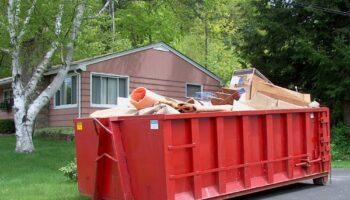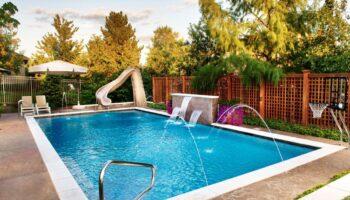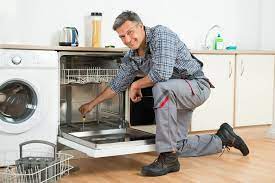There is no worst feeling than to come home and see your home or apartment flooded. A burst pipe will change your mood and be costly to repair. What causes a pipe to burst? Residential homeowners and apartment dwellers experience water pipes bursting during the winter months. What causes a burst pipe? What can a homeowner do to prevent water pipes from bursting?
Faucets Drips
Water pipes might burst during the winter months when it’s below 33-degree Fahrenheit. It’s necessary for water to flow in pipes during winter. When water doesn’t move in frigid weather, it can freeze and expand. The frozen water expands, putting pressure on the pipe until it breaks. To avoid idle water in a pipe, turn the bathroom and kitchen faucets on so a drip occurs. This continuous drip keeps water moving and prevents the pipe from freezing. Homeowners and apartment managers need to be aware of long-term cold snaps or freezes.
If forecasted temperatures are below 20 degrees Fahrenheit, it is necessary to take action to will prevent water pipes from bursting. Don’t let dripping faucet water go down the drain. A pot or container will collect water for watering plants or boiling food. Don’t waste water!
Lowering the Thermostat Below
Temperatures below 55 degrees Fahrenheit inside the house lower the utility bill, but could prove disastrous should below freezing temperatures occur. Without a dripping faucet, pipes can freeze quickly and burst. If the interior temperature is 56 degrees or higher, pipes won’t burst. A fireplace may seem cozy, but it can not heat an entire house and keep pipes from freezing. Enjoy the fireplace, but keep the entire home heated. Keep the thermostat at a constant temperature around the clock. A constant temperature will surround pipes with warm air.
Insulated Exposed Interior and Exterior Pipes
If water pipes enter the home or apartment exposed or hang from a basement, garage or garage ceiling, insulate them. Insulating exposed pipes will keep the water from freezing and expanding. Insulating water is a simple task. If frigid weather catches an owner off guard, duct tapping bunched up newspaper serves as a quick, but temporary remedy for saving pipes from freezing.
Open All Interior Doors
For homes or apartments to have a consistent temperature, open all interior room doors, and wall hung and floor mounted cabinet doors. No pipe is exempt from freezing. Pipes under bathroom vanities and kitchen sinks can freeze. Keep closet doors cracked open too. This a practical strategy and requires minor effort. Contemporary house design has pipes not just at the interior or exterior walls, but underneath living rooms, dining areas, and bedrooms. Closed cabinet doors are a few degrees cooler behind them. Forget about how it may look and think about the relief you’ll get knowing that your pipes will not freeze.
Seal Doors and Windows
Prior to winter, walk around the home looking for poor fitting doors and jambs, windows that don’t shut and cable tv lines entering through the exterior walls. Locating poor seals will prevent cold air from entering the home or apartment interior and reducing the air temperature. While it may seem minor, constant drafts will cause pipes to burst. Check floors and ceilings for the coaxial cable coming up and through to the second floor or basement. Spending a few dollars on caulking, backer rod and other sealants go a long way towards preventing pipes from bursting.






